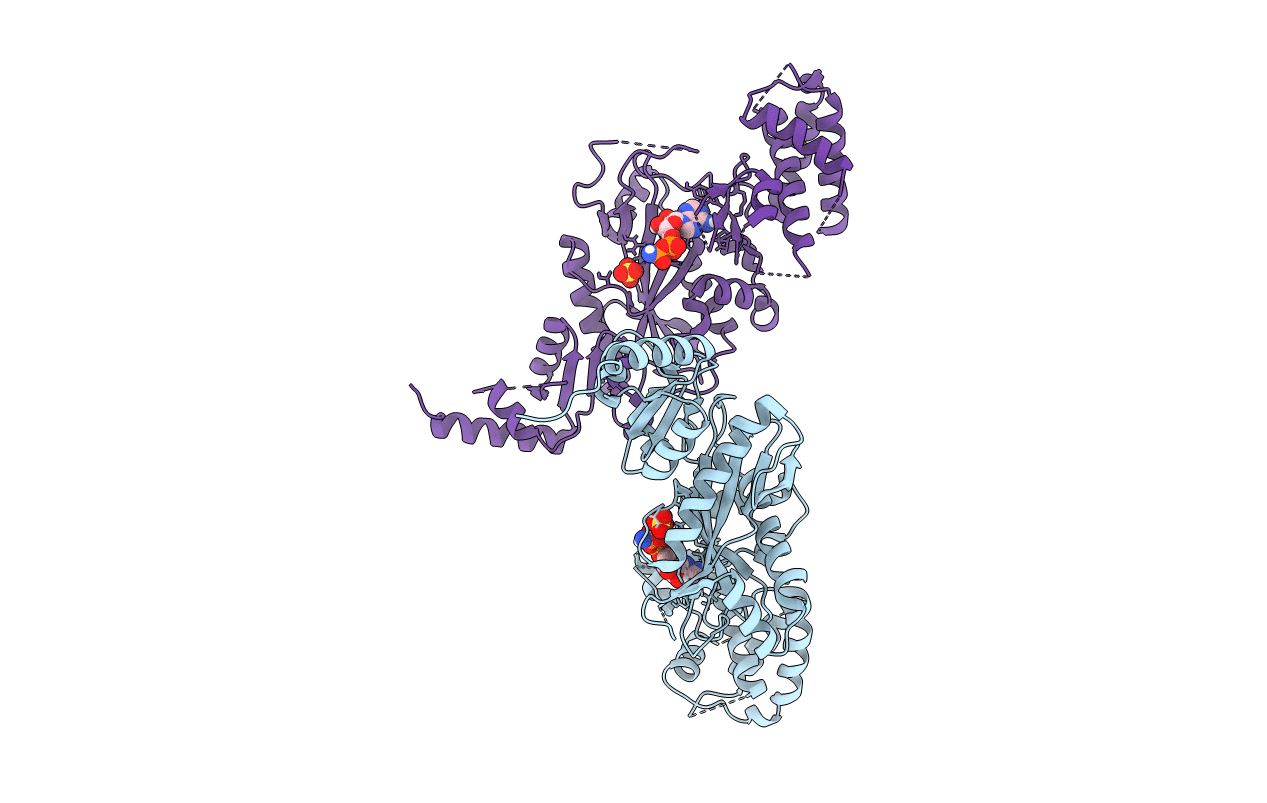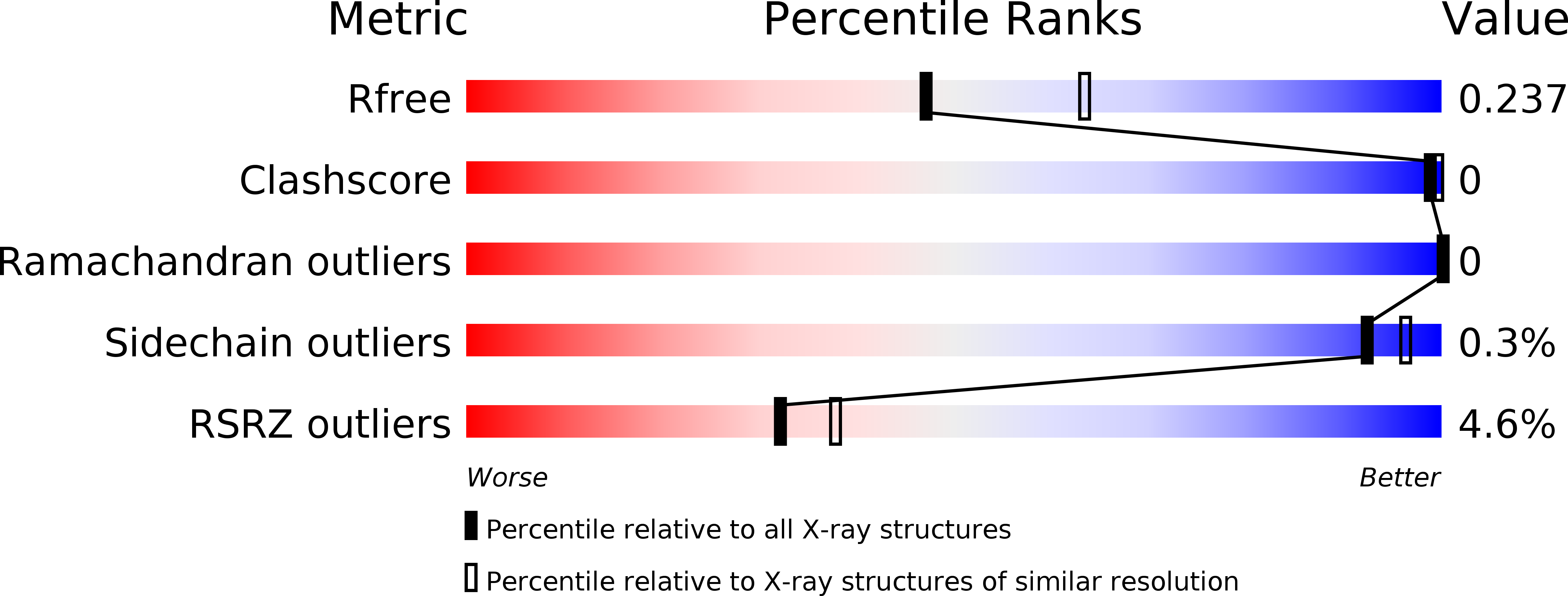
Deposition Date
2017-04-25
Release Date
2017-05-31
Last Version Date
2024-03-13
Method Details:
Experimental Method:
Resolution:
2.29 Å
R-Value Free:
0.23
R-Value Work:
0.20
R-Value Observed:
0.20
Space Group:
P 1 21 1


